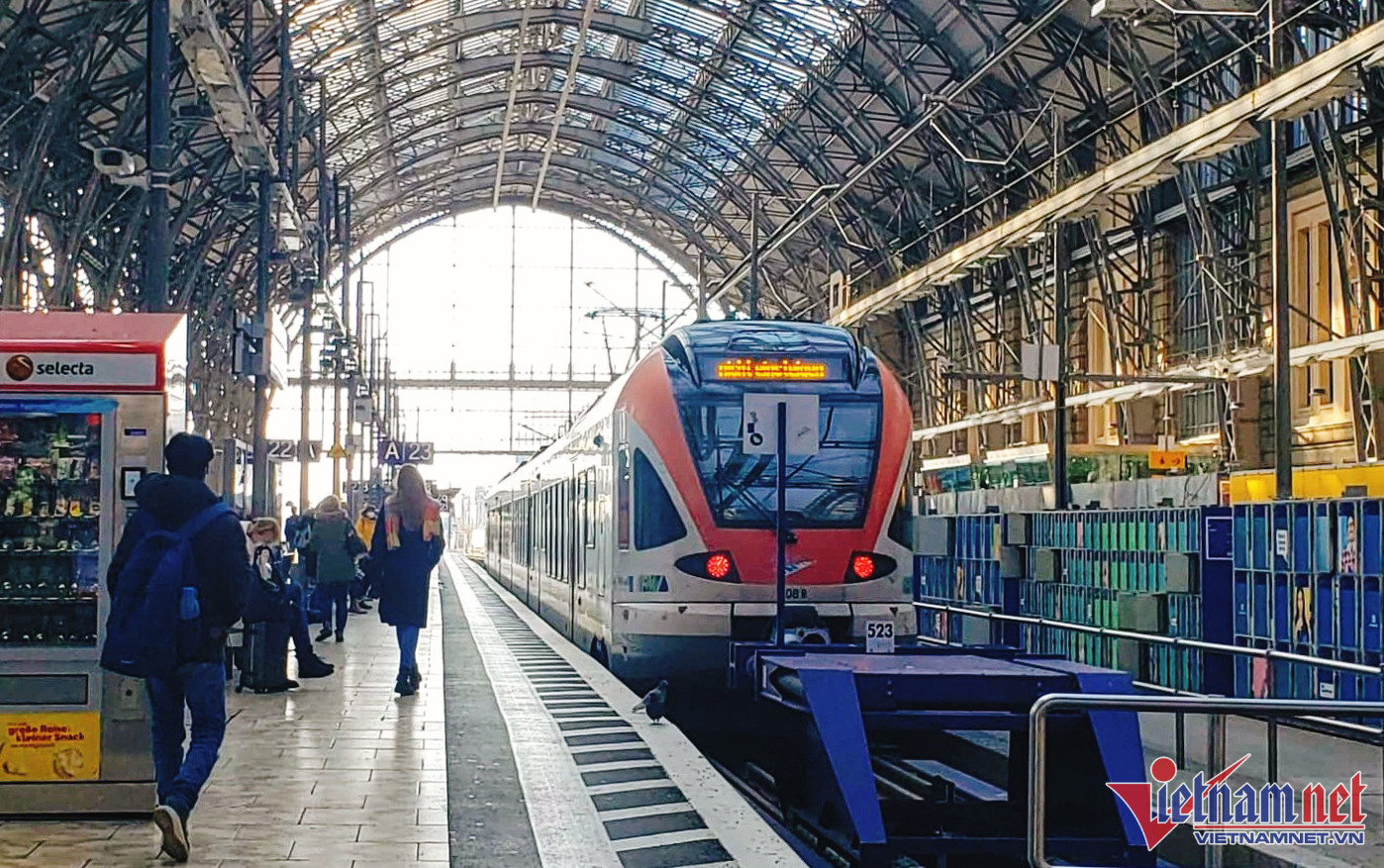
Former Deputy Minister of Transport La Ngoc Khue said that with higher railway speed and more modern technique, the domestic railway industry will need more capability.
With a range of passenger speed of less than 250 km/h and cargo speed of 150 km/h, will domestic enterprises be able to make locomotives and carriages, infrastructure, operation, and trains?
The Gia Lam train factories can assemble diesel locomotives with speed of up to 120-125 km/h. With a speed range near high-speed cargo transport of less than 180 km/h, Vietnam would need to import brake systems and air springs only.
As for carriages, Vietnam can produce and assemble with a localization ratio of up to 60 percent, Khue said.
For passenger wagons running at a speed of 200 km/h with a brake system that ensures safety and internal equipment (air-conditioning mode, convenient amenities, etc.), Vietnam may have to import larger equipment than cargo trains.
Nevertheless, for the steel structure of the bogies, crates and wagon platforms, the localization ratio could reach over 40 percent for high-speed passenger trains.
If Vietnam can organize the production, the Gia Lam and Di An train factories will be able to handle the passenger and cargo trains, Khue said.
Former Deputy Minister of Planning and Investment Dang Huy Dong said the development of 250 km/h railway will help the domestic railway industry’s development, if the localization ratio is up to 80 percent. Imports will be just locomotives and designs of consultancy experts, as well as other equipment.
“We will have to spend $9-10 billion to import locomotives and wagons, and pay foreign specialists,” Dong said.
Dang Si Manh, CEO of the Vietnam Railways Corporations (VNR), said Gia Lam Railway and Di An Railway JSCs can undertake repair, renovation, assembly and building of locomotives and wagons. In general, railway industry facilities are at a low level because the output of products is low and the demand for replacement and building of new locomotives is small (only dozens of pieces of equipment each year).
To develop high-speed railway and improve the current railway, it is necessary to set up a roadmap and calculate the demand, and set up preferential policies to develop a railway industry as other countries have done
Railway mechanical engineering products must be considered key products for development, according to VNR.
Vu Diep